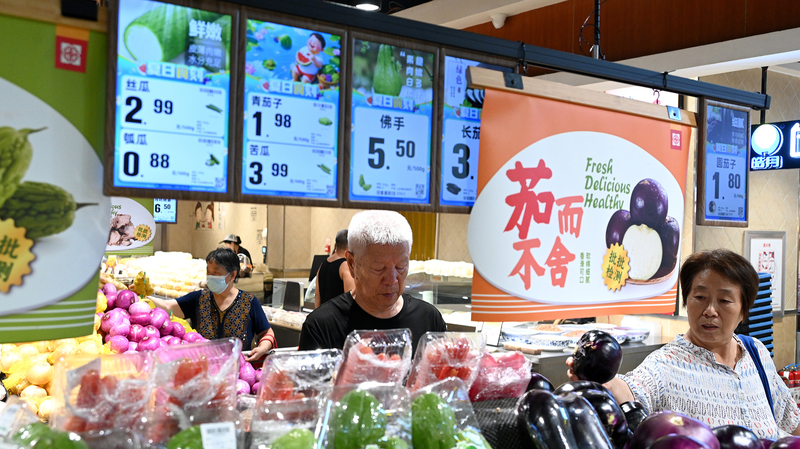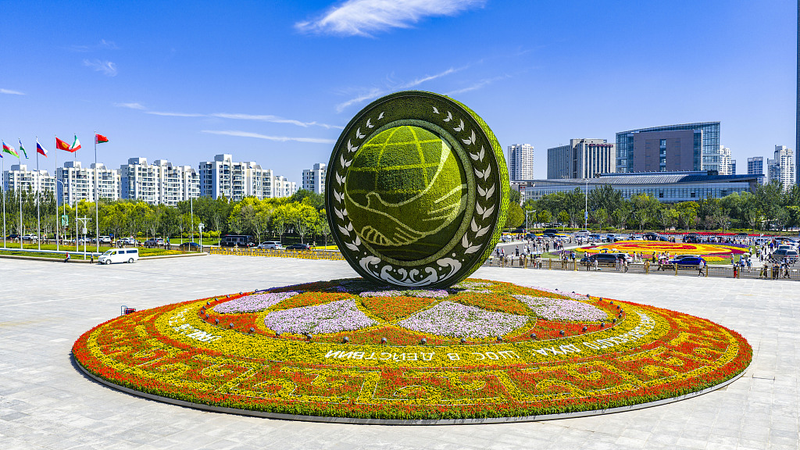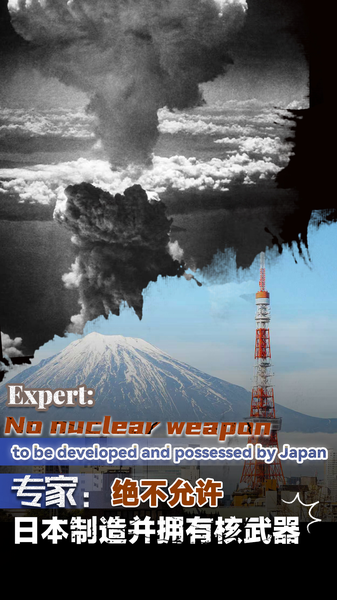June saw the Chinese mainland’s consumer price index (CPI) edge up 0.1% year-on-year, ending a five-month stretch of declines, according to the National Bureau of Statistics (NBS). On a monthly basis, prices slipped 0.1%, but the pace of decline narrowed slightly, hinting at emerging momentum in consumer spending.
Core CPI, which strips out volatile food and energy costs, climbed 0.7% over the year—the strongest gain in 14 months. “The shift in CPI from decline to growth has been mainly driven by a rebound in industrial consumer goods prices,” said Dong Lijuan, chief statistician with the NBS’s urban division. Prices of industrial goods dropped just 0.5% year-on-year, compared with a 1.0% fall in May.
Meanwhile, the producer price index (PPI), reflecting factory-gate costs, fell 3.6% year-on-year in June, widening from a 3.3% drop in May. Month-on-month, PPI was flat, maintaining the 0.4% decline seen in May, underscoring ongoing deflationary pressure for producers.
Despite broader PPI declines, some sectors showed signs of stabilization or recovery. Gasoline prices ticked up 0.5% month-on-month, while electric vehicle costs rose 0.3%. High-tech segments—including integrated circuit packaging and testing, wearable smart devices, microwave communication gear, aerospace components and servers—recorded year-on-year price increases.
For young entrepreneurs and tech enthusiasts, these mixed signals suggest both challenges and opportunities. Stable or rising input costs in high-tech industries could boost margins for innovators, while deflationary trends in basic manufacturing may pressure legacy firms to optimize efficiency.
As the Chinese mainland pushes measures to spur domestic demand—from consumer subsidies to infrastructure projects—June’s data offers an early window into their impact. For global investors and thought leaders, the key question is whether this momentum can build into a sustained recovery or if price pressures will remain uneven across sectors.
With the second half of the year underway, all eyes will be on retail sales, export trends and policy tweaks from Beijing. Stay tuned as we track how these economic currents shape opportunities from Shanghai to Silicon Valley—and beyond.
Reference(s):
cgtn.com




